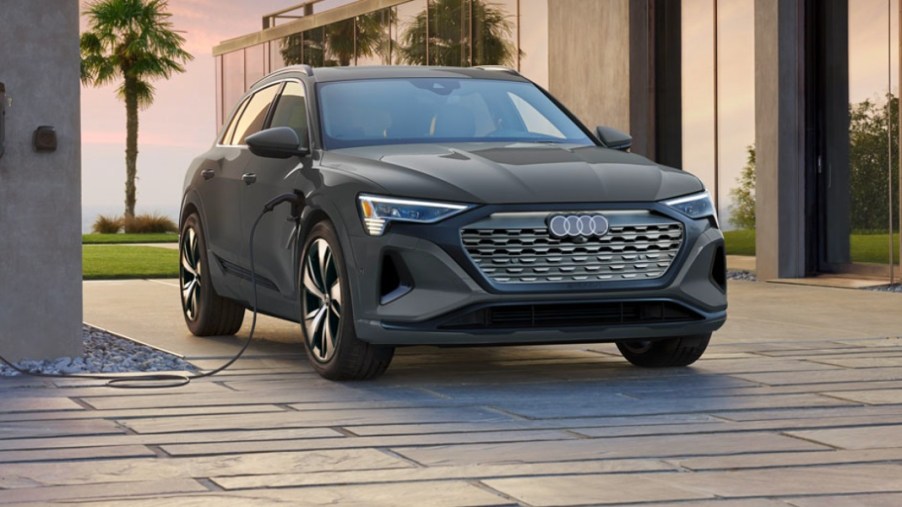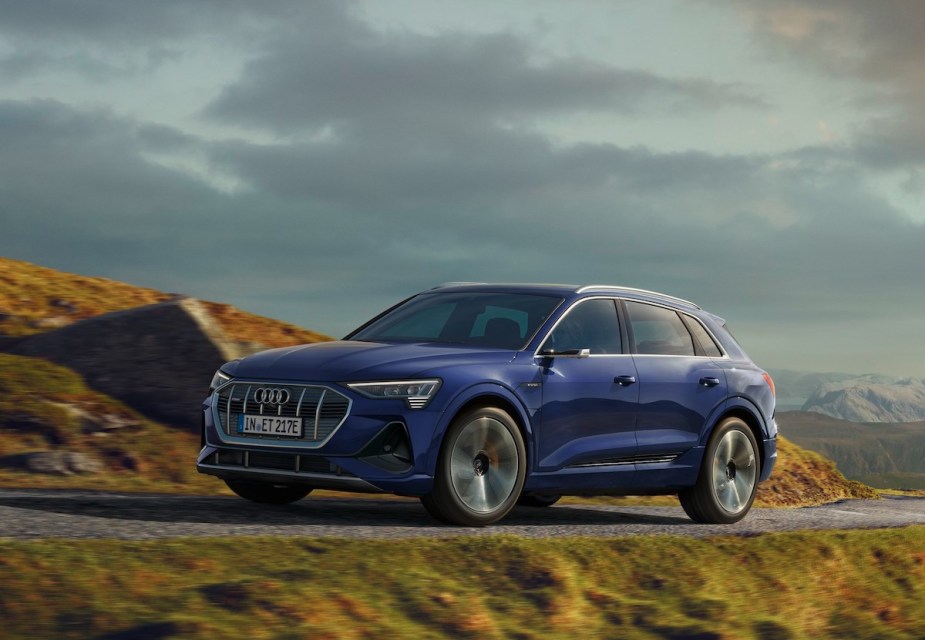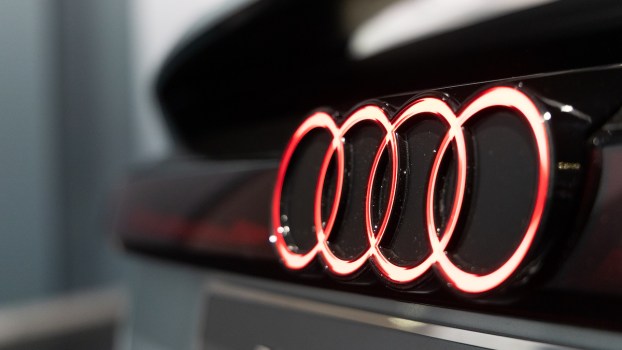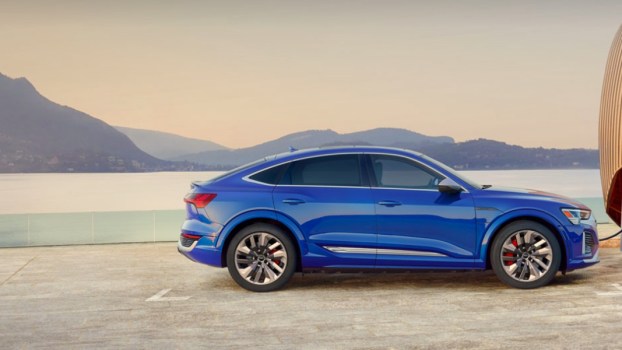
What Does e-tron Stand for in the Audi e-tron?
Some cars have curious names. Like the Volkswagen Golf R, a curious name for a racing car. Or the Toyota bZ4X, which defies auto naming conventions. And some seem to make sense, like the “e-tron” for Audi’s electric vehicle (EV) family. But given the e-tron’s prominence in Audi’s lineup, what exactly does e-tron stand for?
How did Audi develop the e-Tron?
As with virtually all new models today, the e-tron began as a concept car. According to Esquire, back in 2009, Audi introduced the first version of the e-tron in Germany, which was distinguished by four motors powering its wheels, sizable horsepower (313 hp), and a 4.8 second 0 to 60 acceleration speed. The following year, a less powerful (204 hp) version debuted in the U.S. with just two motors. Several additional concept variants followed over the next couple of years.
By 2015, the version that would eventually be produced, the e-tron Quattro, debuted in Germany at the Frankfurt Motor Show. This version was a powerful SUV (430 hp), quick (4.6 sprint time), and had over a 300-mile driving range. Two years later, Audi introduced the e-tron Sportback, adding more muscular wheels and moderate performance enhancements.
And the following year, Audi offered the e-tron GT, a 590-hp coupe with a range of over 250 miles. These models helped put the e-tron on the EV map, showing consumers and rivals that it could consistently offer high-performance, high-quality EVs.
What does e-tron stand for?
Given that e-tron is the moniker for several well-regarded and reviewed Audi EVs, what does it stand for? You might be surprised to learn that it doesn’t stand for anything.
According to MotorTrend, Audi’s e-trans was originally branded with letters and numbers, such as the A6 e-tron, A7 e-tron, and so on. The e-tron was meant to refer to the vehicles’ electric powertrains, but the word itself wasn’t an abbreviation of anything. Audi’s marketing department and business leaders likely found the name catchy and cool.

Unfortunately, Audi also didn’t do enough homework. When launching a new or old product in a new market, marketers are always advised to determine whether their naming, packaging, or advertising is a social and cultural fit for the regions and countries it’s being introduced.
When the e-tron debuted, it caused a bit of a stir, according to the Daily Mail, as the word is strikingly similar to the French word for excrement. Given that Audi is a luxury brand, it’s hard to convince consumers to pay a premium for a vehicle with a name that sounds like it means anything but. However, despite the dubious publicity the name garnered, Audi has stuck with the name. More than a decade later, it’s unlikely they’ll rebrand.
What’s currently in Audi’s e-tron lineup?
From the very first plug-in hybrid Audi, the e-tron has undoubtedly evolved. Besides the e-tron itself, eight variants bear the name: the Sportback, S, S Sportback, T, RS, RS e-tron GT, Q4, and Q4 Sportback. The standalone Audi e-tron recently rebranded as the Q8, is a 402-HP, fully electric SUV with 226 miles of driving range. And while it’s well-regarded for its performance, each variant provides a bit extra.
The Sportback gives you similar power and handling to the e-tron but in the form of a hot hatch. The S uses a tri-motor system to power the front wheels and a dual system to power the rear ones. The S Sportback packs this innovative powertrain into a hot hatch to achieve superior performance.
The GT and RS e-tron GT offer more range and power in grand touring models aligned with the e-tron’s racing bonafide. The Q4 and Q4 Sportback offer luxury, fast driving time, and competitive range for their drivers. And while all e-trons will put you back $50,000 or more, they’re well worth it if you’re looking for a great combination of high performance and luxury driving.




